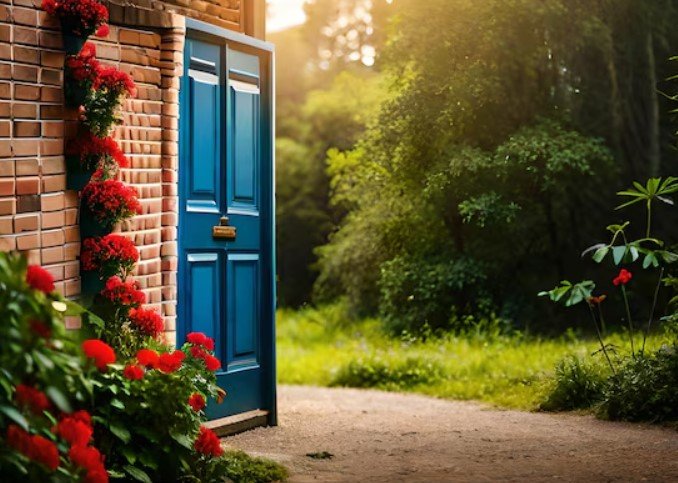Our neighbor’s non-interventionist vision was brilliantly executed and inspiring to encounter. If more builders had their sensibilities, it would be an improvement. But the transformation we need cannot come plot-by-plot.

A Coastal Architectural Marvel
The first thing I noticed about the neighboring property was, in retrospect, its least interesting feature. My wife and I had swapped our Barcelona apartment for a Costa Brava bungalow for two weeks. Nearly every day, we walked from our lodgings to the town’s sandy beach, each time passing by this strange compound. What caught my eye was a skinny pine. The two-story house’s bulky concrete balcony had been cast with holes to allow the tree to remain in place, untouched. It was the kind of detail that announced this was a house of import, one designed by an architect with something to say. Yet this was hard for me to square with the boxy and plain structures themselves, which were covered in what looked like dull-brown stucco. I found them, to be honest, a bit ugly. Brutalist, as a visiting friend observed. Plus, the property was thick with skinny pines and underbrush, with native vegetation overrunning every square foot. So much so that, at first, I didn’t realize there were two separate buildings. Overgrown and untended, I thought.
Nature as Part of the Design
But for some reason, I could not stop thinking about the property. For the fortnight we stayed in Llafranc, the Costa Brava beach town of our home exchange, I walked by those houses, and they ran through my mind. It was not for lack of architecture to consider. Each day’s walk took us past scores of properties, from hotels to villas to apartment buildings. There were white-washed Mediterranean classics and modernist cubes. Some were beautiful, others dull, many unremarkable. As I took more walks, exploring beyond Llafranc and the neighboring towns into undisturbed nature, I finally understood.
The yard, too, was part of the design. It was a patch of coastal forest, preserved around those two structures. A hillside of properties like that one, I realized, would have looked very much like, well, a hillside. The facades were the shade of bark, or a boulder, or a cloudy sky. With trees in front and to the sides, they disappeared, unlike virtually any of the other homes I passed. The simple lines meant more square footage on a smaller footprint, keeping more of the site undisturbed. The smaller of the two structures was even on stilts, leaving room for shrubs to grow beneath it and animals to potentially pass underneath. It may have been a box, but it let nature thrive on all six sides.
A Call for Urban Density
Our neighbor’s non-interventionist vision was brilliantly executed and inspiring to encounter. If more builders had their sensibilities, it would be an improvement. But the transformation we need cannot come plot-by-plot. Our current crises demand more than small-scale ecologically-conscious architecture. For the good of us all, we must make our cities and towns more dense.






